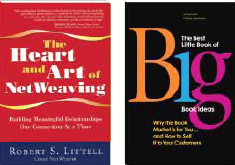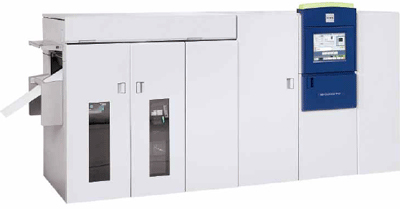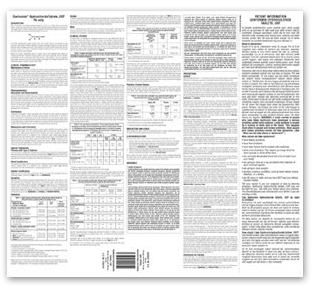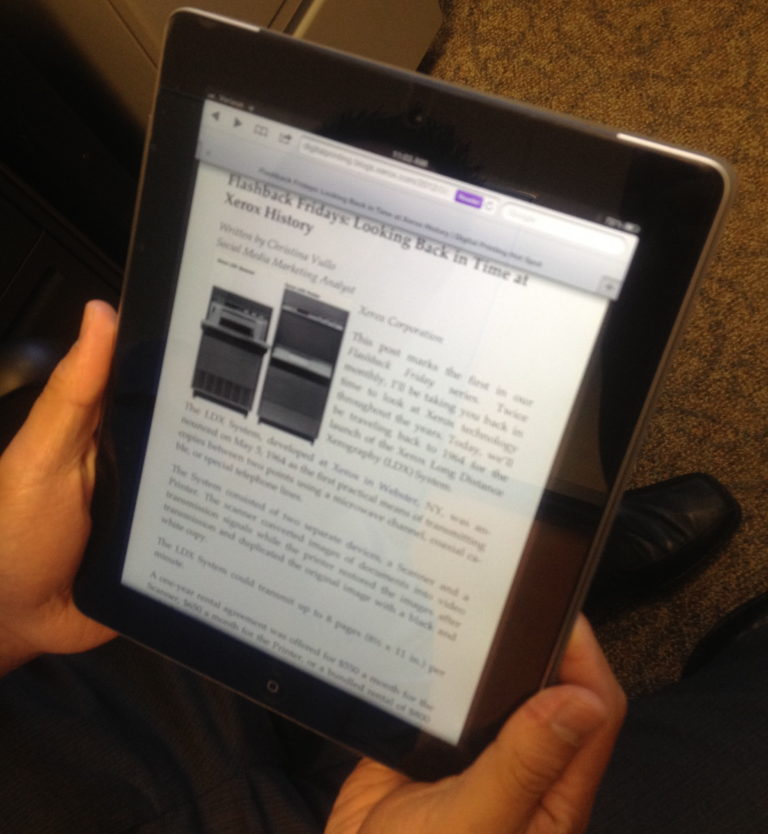For years, offset printed books have dominated book production; however the book publishing supply chain is undergoing a dramatic disruption today that makes book pages a top growth application for monochrome digital printing. Caslon projects that the number of digitally printed book pages in the United States will grow from about 80 billion in 2008 to more than 140 billion in 2015! (and people thought the e-reader would make books go away? I don’t think so!)
At IPEX this year, we witnessed book printers from all over the world coming to see the Xerox® 650/1300™ Continuous Feed Printer. This was not surprising for these printers are all in the same position— The books and manuals market is trending towards shorter runs as order volumes for titles are declining. Publishers are no longer ordering quantities of books by the thousands to last them the year, but ordering a much smaller quantity to last just a few months. They are adopting an on-demand mindset— Digital printing can address many of the inefficiencies in modern book publishing, which has one of the most wasteful business models of any industry. Roughly 30-40% percent of the books that are printed and shipped each year are returned unsold to the publisher or destroyed outright. That is a lot of wasted resources and money!

I honestly didn’t know much about continuous feed nor the books market until I talked with the Product Marketing Manager, Karen Fournelle, at the show. When it comes to books, this market shift is ideal for the Xerox 1300 Continuous Feed Printer for it has many attractive capabilities relevant to the industry, which explains why so many people were coming to the Xerox stand.
You’ve got the ability to run a wide range of substrates. Digital paper can be much more expensive due to the longer, more refined process to produce it— and the Xerox 1300 Continuous Feed Printer’s flash fusing technology allows it to run some offset papers that book printers use.
The fusing technology doesn’t use heat and pressure; instead the toner absorbs energy from the “flash” of xenon lamps and adheres to the media. No direct impact required. This is especially important for the books and manuals industry because moisture isn’t being removed from the paper, which allows a clean, static free and flat output sheet. With all the post-processing that goes on with folders and binding systems, having output without any curl is extremely important to ensure productivity.

Karen certainly sparked my interest about the changes in the book industry and the solutions Xerox has to help customers adapt and grow their business.
And I didn’t even mention 40gsm lightweight paper… but I’ll save that for another post!


